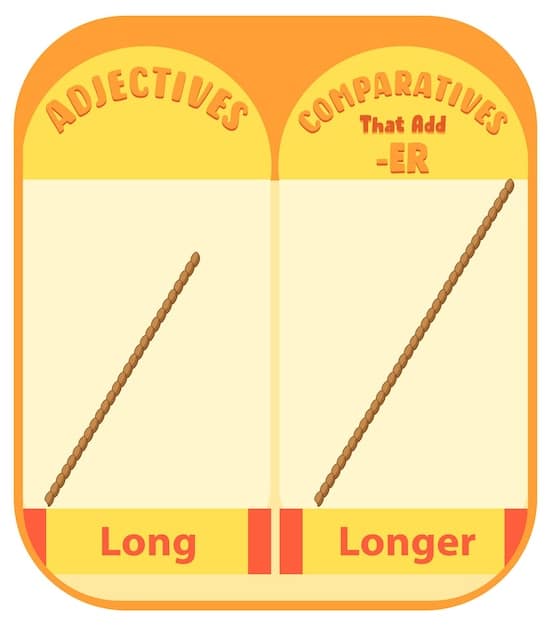FAFSA Simplification Act: How It Affects Your 2025 College Aid

The FAFSA Simplification Act, fully implemented by 2025, introduces significant changes to the Free Application for Federal Student Aid, impacting student eligibility and the calculation of financial aid packages for college.
Planning for college includes navigating the often-complex world of financial aid, and a significant update is on the horizon. Wondering how will the updated FAFSA Simplification Act impact your 2025 college financial aid package? The changes promise a streamlined process, but understanding the specifics is crucial.
Understanding the FAFSA Simplification Act
The FAFSA Simplification Act represents a significant overhaul of the Free Application for Federal Student Aid (FAFSA). This act aims to make the application process easier to understand and more accessible to families. By streamlining the questions and formulas used to determine financial aid eligibility, the updated FAFSA seeks to expand opportunities for students seeking higher education.
Key Goals of the Simplification Act
- Simplifying the FAFSA form to reduce the number of questions.
- Making more students eligible for federal financial aid.
- Adjusting the Expected Family Contribution (EFC) calculation.
One of the most significant changes is the replacement of the Expected Family Contribution (EFC) with the Student Aid Index (SAI). This new metric is designed to provide a clearer picture of a family’s ability to contribute to college costs. Additionally, the act includes provisions to support students from low-income backgrounds and those with unique financial circumstances.

The FAFSA Simplification Act is intended to create a more equitable and transparent financial aid system. By reducing the barriers to accessing financial aid, the act seeks to empower more students to pursue their educational goals.
Major Changes to the FAFSA Form for 2025
The 2025 FAFSA form includes several notable changes that will impact how financial aid is calculated. These changes are designed to make the process more straightforward and equitable for students and families.
Elimination of the EFC (Expected Family Contribution)
The EFC, a term that often caused confusion and anxiety, is being replaced with the Student Aid Index (SAI). The SAI is intended to provide a more accurate representation of a family’s ability to pay for college.
Introduction of the Student Aid Index (SAI)
The SAI considers factors such as income, assets, and family size to determine the amount a family can reasonably contribute to college expenses. Unlike the EFC, the SAI allows for a negative value, potentially increasing the amount of aid a student can receive.
Income thresholds for automatic qualification for the maximum Pell Grant have been increased and the number of questions have been reduced significantly.

- Simplified questions about family finances.
- Elimination of questions about drug convictions and Selective Service registration.
- Direct data sharing with the IRS for income verification.
These changes aim to reduce the burden on applicants and improve the accuracy of the financial aid determination process. The simplified form and streamlined processes should make it easier for students and families to navigate the financial aid system.
How the Student Aid Index (SAI) Works
The Student Aid Index (SAI) is a new metric designed to more accurately reflect a family’s ability to contribute to college costs. Understanding how the SAI is calculated is essential for families preparing for the 2025 FAFSA.
Factors Considered in the SAI Calculation
The SAI takes into account a variety of factors, including:
- Adjusted Gross Income (AGI) of the student and parents.
- Taxable and untaxable income.
- Assets, such as savings, investments, and real estate.
- Family size and the number of students in college.
The SAI formula also considers certain expenses and deductions to provide a more accurate representation of a family’s financial situation. For example, allowances are made for state and local taxes, medical expenses, and other necessary expenses.
Impact on Low-Income Families
One of the key goals of the FAFSA Simplification Act is to increase financial aid eligibility for low-income families. The SAI includes provisions to ensure that these families receive the maximum Pell Grant and other forms of assistance.
The change should mean that more students from economically challenged backgrounds get access to funding.
The new SAI metric should ensure a more nuanced approach to evaluating a family’s financial capacity.
Impact on Pell Grant Eligibility
The Pell Grant is a federal grant awarded to undergraduate students with exceptional financial need. The FAFSA Simplification Act includes several changes that will affect Pell Grant eligibility.
Expanded Income Thresholds
The income thresholds for automatic qualification for the maximum Pell Grant have been increased. This change will allow more low-income students to receive the full amount of the grant.
Other Factors Influencing Pell Grant Eligibility
In addition to income, Pell Grant eligibility is also affected by factors such as:
- Family size.
- The number of students in college.
- The cost of attendance at the student’s chosen institution.
The FAFSA Simplification Act aims to ensure that Pell Grants are targeted to the students who need them the most.
How Assets Are Evaluated Under the New FAFSA
Under the updated FAFSA, the evaluation of assets has been revised to provide a fairer assessment of a family’s financial resources.
Changes in Asset Reporting
The FAFSA Simplification Act has streamlined the process of reporting assets. Some assets that were previously considered are now excluded from the calculation.
- Small businesses and family farms are no longer considered assets.
- Simplified reporting of retirement accounts.
These changes aim to reduce the complexity of the FAFSA form and ensure that families are not penalized for owning modest assets.
Protection of Low-Income Families
The FAFSA Simplification Act includes provisions to protect low-income families from having their financial aid reduced due to asset ownership.
Overall, the new guidelines on asset evaluation seek to provide a more equitable and accurate representation of a family’s financial situation, ensuring that financial aid is distributed fairly.
Strategies for Maximizing Your 2025 Financial Aid Package
To maximize your 2025 financial aid package under the updated FAFSA, it’s important to understand the new rules and implement effective strategies.
Complete the FAFSA Early
Submitting the FAFSA as soon as it becomes available is crucial. Many states and colleges offer financial aid on a first-come, first-served basis.
Accurately Report Income and Assets
Ensure that all income and asset information is reported accurately. Errors or omissions can delay the processing of your application or reduce your eligibility for financial aid.
Explore Additional Aid Opportunities
In addition to federal financial aid, explore other aid opportunities, such as:
- State grants and scholarships.
- College-specific scholarships and grants.
- Private scholarships from organizations and foundations.
By taking advantage of all available resources, you can significantly reduce the cost of college and make higher education more affordable.
Navigating the FAFSA Submission Process for 2025
Familiarizing yourself with the FAFSA submission process for 2025 is an essential step in securing financial aid for college.
Creating an FSA ID
Before you can complete the FAFSA, you need to create an FSA ID. This ID serves as your electronic signature and allows you to access and submit your FAFSA form online.
Gathering Required Documents
Before starting the FAFSA, gather all the required documents, including:
- Social Security numbers for the student and parents (if applicable).
- Federal income tax returns (IRS Form 1040).
- W-2 forms.
- Bank statements and investment records.
Completing the FAFSA Online
The FAFSA is completed online at the official FAFSA website. Take your time and carefully review each question before submitting your form.
By preparing in advance and understanding the FAFSA submission process, you can increase your chances of receiving the maximum financial aid for which you are eligible.
| Key Point | Brief Description |
|---|---|
| 📝 Updated FAFSA Form | Streamlined with fewer questions for easier completion. |
| 💰 Student Aid Index (SAI) | Replaces EFC, providing a clearer picture of aid eligibility. |
| ✅ Pell Grant Expansion | Increased income thresholds for maximum Pell Grant eligibility. |
| 💼 Asset Evaluation | Small businesses and family farms are no longer considered assets. |
Frequently Asked Questions About the Updated FAFSA
▼
The FAFSA Simplification Act aims to streamline the financial aid application process, making it easier for students and families to access federal student aid. Key changes include a simplified FAFSA form and the replacement of the Expected Family Contribution (EFC) with the Student Aid Index (SAI).
▼
The Student Aid Index (SAI) is designed to provide a more accurate representation of a family’s ability to contribute to college costs. Unlike the EFC, the SAI allows for a negative value, potentially increasing the amount of aid a student can receive.
▼
Yes, the updated FAFSA includes expanded income thresholds for automatic qualification for the maximum Pell Grant. This change allows more low-income students to receive the full amount of the grant, making college more affordable.
▼
Under the updated FAFSA, small businesses and family farms are no longer considered assets. This change aims to reduce the complexity of the FAFSA form and ensure that families are not penalized for modest asset ownership.
▼
It is best to complete the FAFSA as soon as it becomes available. Check the official FAFSA website for the release date and submit your application early to maximize your chances of receiving financial aid.
Conclusion
The FAFSA Simplification Act brings welcome changes to the financial aid landscape, aiming to make college more accessible and affordable. By understanding these updates and planning strategically, students and families can effectively navigate the new system and maximize their financial aid opportunities for the 2025 academic year.





